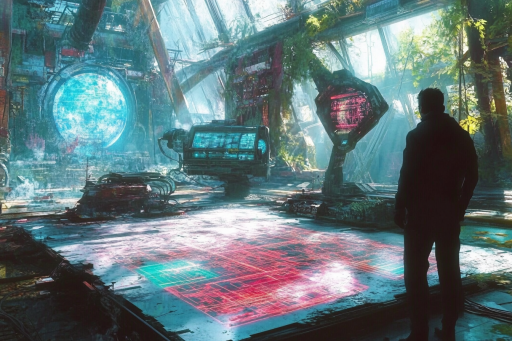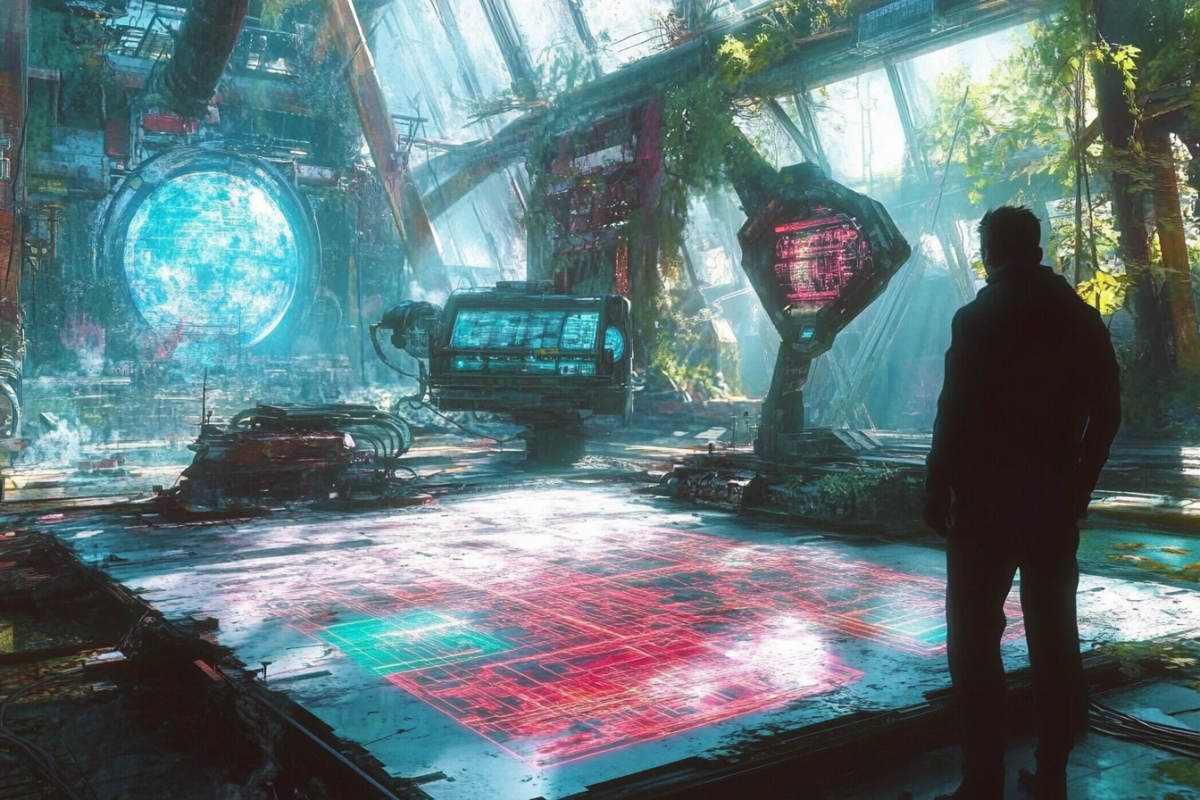
The world is full of innovations that never reached their full potential. Whether due to politics, economics, or simple bad timing, some technologies had the power to transform industries and lives but were left behind. These lost breakthroughs range from ancient marvels to futuristic designs that arrived too soon. Take a look at these forgotten technologies—each one a glimpse into a world that might have been.
The Baghdad Battery

Discovered in Iraq, this ancient artifact resembles a primitive battery, complete with a clay jar, copper cylinder, and iron rod. Some researchers believe it could have been used to generate small electric charges over 2,000 years ago. If true, it suggests that early civilizations may have understood and harnessed electricity long before the modern era. The mystery remains unsolved, leaving us to wonder what other advanced knowledge has been lost to time.
Tesla’s Wireless Energy Transmission

Nikola Tesla envisioned a world where energy could be transmitted wirelessly across great distances. He even built the Wardenclyffe Tower, a massive structure meant to send electricity through the air. Funding was cut, and the project was abandoned, leaving us with a world still reliant on cables and fossil fuels. Had Tesla succeeded, we might be living in an era of unlimited, free energy.
Greek Fire

A weapon of the Byzantine Empire, Greek Fire was a mysterious, liquid-based incendiary that could burn even on water. Its exact composition was a closely guarded secret, lost to history when the empire fell. Some believe it was a form of early napalm, capable of changing the course of naval warfare. Attempts to recreate it have failed, ensuring its legend endures as one of the greatest lost military technologies.
The Antikythera Mechanism

Often called the world’s first analog computer, this ancient Greek device was found in a shipwreck and dates back over 2,000 years. With its intricate gears and dials, it could predict astronomical positions and eclipses with incredible precision. Its complexity suggests a lost tradition of advanced engineering in the ancient world. If similar devices had been developed further, they could have revolutionized early science and navigation.
Flexible Glass (Vitrum Flexile)

Roman legend tells of a craftsman who created a glass that could bend without breaking. When he presented it to Emperor Tiberius, the emperor feared it would devalue gold and silver—so he ordered the secret destroyed. If true, this discovery could have led to shatterproof glass centuries ahead of modern advancements. Today, we can only imagine how early access to such a material might have reshaped history.
Starlite – The Lost Super Material

In the 1980s, an amateur chemist named Maurice Ward developed a material called Starlite that could withstand extreme heat and radiation. Demonstrations showed it could protect an egg from a blowtorch without burning, yet Ward took the formula to his grave. If it had been commercialized, it might have revolutionized everything from aerospace to firefighting. Instead, its secret remains locked away, possibly forever.
Cold Fusion

In 1989, scientists Martin Fleischmann and Stanley Pons claimed to have achieved cold fusion—producing energy through nuclear reactions at room temperature. The scientific community largely dismissed their work due to replication issues, but some researchers believe they were onto something. If cold fusion were real, it could provide virtually limitless clean energy. Instead, the concept remains a tantalizing mystery, overshadowed by skepticism.
Hyperloop – An Abandoned 19th-Century Idea

Long before Elon Musk revived the concept, the idea of high-speed vacuum tube transportation was proposed in the 19th century. Engineers envisioned trains traveling at incredible speeds using air pressure, but early attempts failed due to cost and technology limitations. If development had continued, cities might already be connected by near-supersonic transit. Instead, we are still waiting for this futuristic travel method to become a reality.
The Clément Ader Avion III

A decade before the Wright brothers, French inventor Clément Ader built a steam-powered flying machine with bat-like wings. It reportedly lifted off briefly in 1897 but was deemed impractical, and funding was cut. If Ader had refined his design, aviation history might have unfolded differently. Instead, his work faded into obscurity, leaving the Wright brothers to claim their place in history.
Oxygen-Rich Gasoline

During World War II, German scientists developed an oxygen-enhanced fuel that burned far cleaner than standard gasoline. This technology could have reduced pollution and improved engine efficiency, but it was abandoned after the war. Had research continued, we might have developed greener transportation decades earlier. Instead, fossil fuels remained dominant, delaying environmental progress.
The Dendera Light

Ancient Egyptian carvings in the Temple of Dendera depict what some believe to be an oversized electric light bulb. Mainstream historians dismiss this idea, arguing the images represent mythology rather than technology. However, if the ancients had knowledge of electrical illumination, it could reshape our understanding of early civilizations. Whether real or imagined, the mystery of the Dendera Light continues to spark debate.
The Babbage Analytical Engine

Charles Babbage designed a mechanical computer in the 1800s that, had it been completed, could have jumpstarted the digital revolution over a century earlier. His “Analytical Engine” had the core principles of modern computing, including memory and processing. However, funding and technological limitations stopped it from being built. Had it succeeded, the Information Age might have arrived far sooner than it did.
The Soviet EKIP Flying Saucer

During the Cold War, Soviet engineers developed a disc-shaped aircraft known as the EKIP, designed for high efficiency and extreme maneuverability. It could take off from almost any surface and use less fuel than traditional planes. The project was shelved due to lack of funding, and only prototypes were made. If it had been fully realized, air travel might look very different today.
Did We Miss Our Future?

Progress is often dictated by more than just innovation—politics, economics, and chance play just as much of a role in determining what thrives and what disappears. These forgotten technologies offer glimpses of roads not taken, of futures that might have been radically different. As new breakthroughs emerge, will we ensure they reach their full potential, or will they be lost like those before them? Perhaps history holds more lost marvels than we realize.





